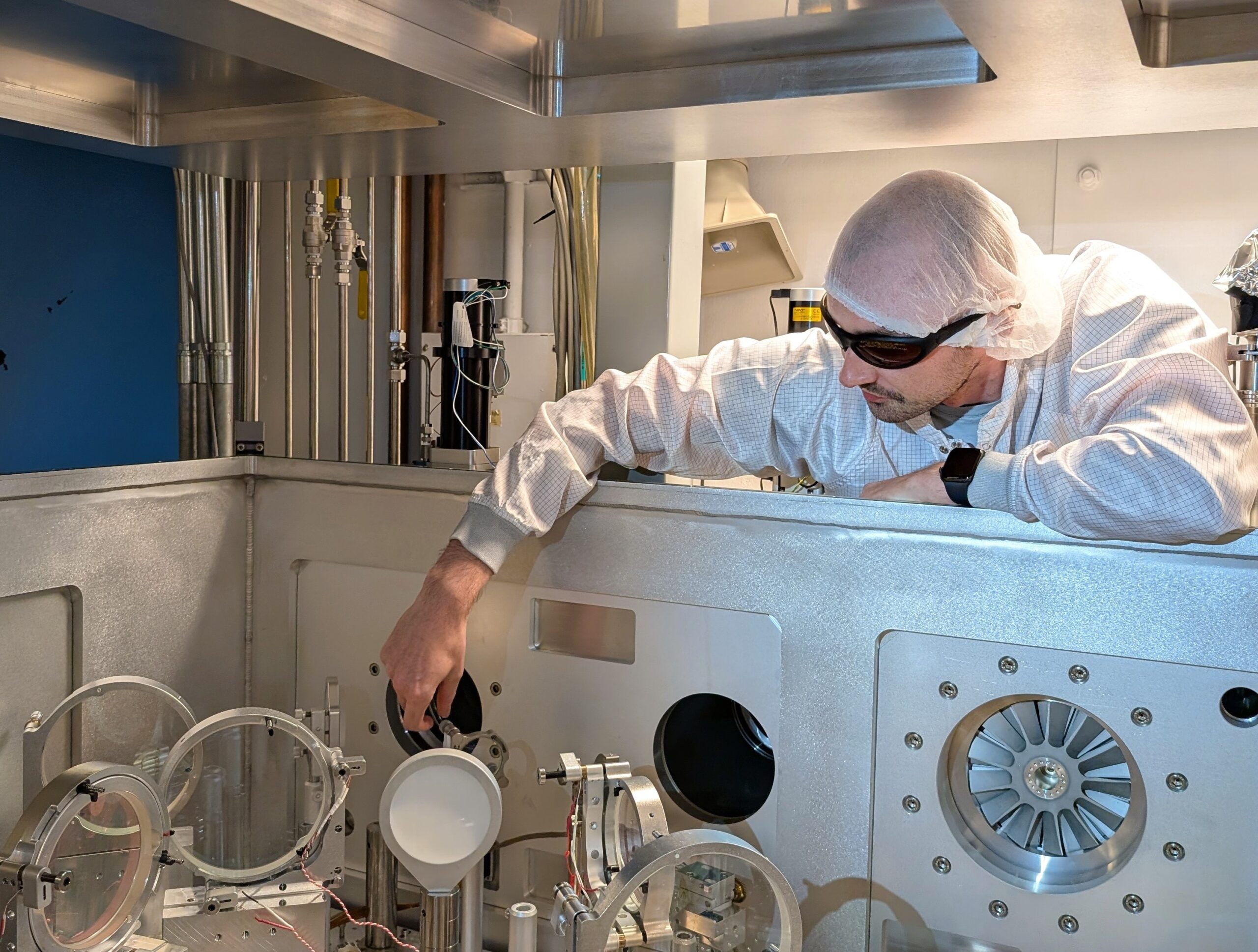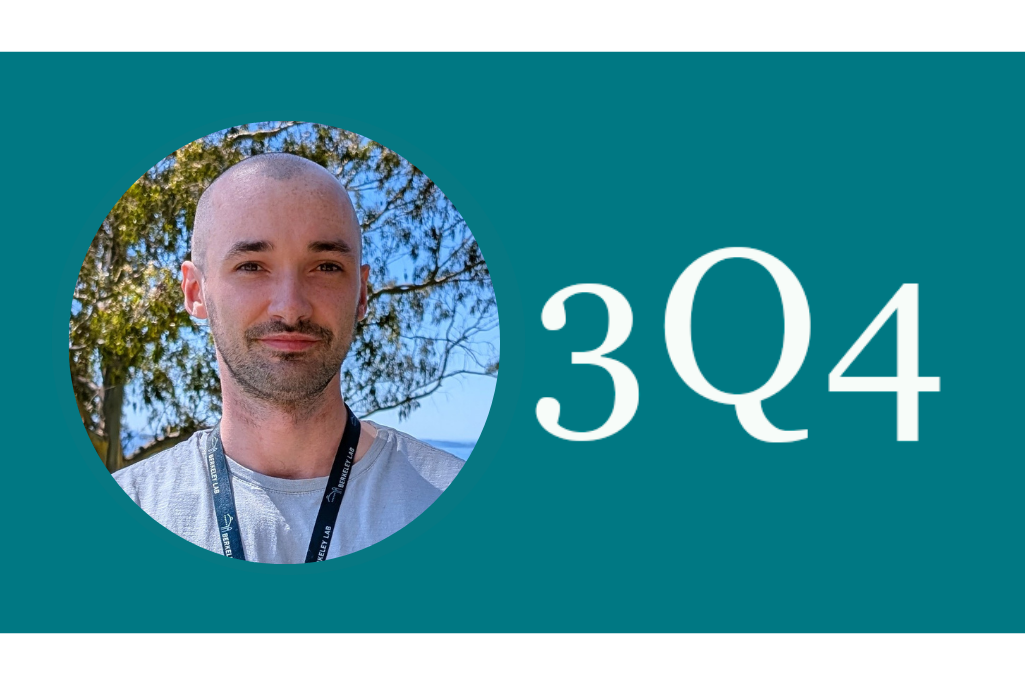Aodhan McIlvenny joined Lawrence Berkeley National Laboratory (Berkeley Lab) in 2023. He is a research scientist in the BELLA Center within Berkeley Lab’s Accelerator Technology & Applied Physics Division, focusing on electron and ion acceleration using BELLA’s Petawatt laser. Aodhan holds a Ph.D. in physics from Queen’s University Belfast in Northern Ireland and conducted his experimental work at the Central Laser Facility, a research facility in the United Kingdom that is part of the Rutherford Appleton Laboratory. Before joining the Lab, he was a postdoctoral scholar at Queen’s University, where he worked with high-energy lasers to replicate energetic astrophysical phenomena in the laboratory.
What fueled your interest in particle accelerators and their applications?
I was initially interested in pursuing medical physics. However, when I learned about a Ph.D. project that combined lasers, plasma, and radiation therapy, I thought nothing could be cooler than that, so I immediately applied. This introduced me to the concept of advanced laser-plasma accelerators and the global effort to develop these novel techniques for next-generation colliders or near-term applications as bright and compact radiation sources. While my interest in medical applications remains, it is only a small part of my work here, and I have significantly broadened my interests in the field.
What attracted you to join ATAP’s BELLA Center?

Aodhan McIlvenny aligning the hundred terawatt laser inside the target chamber for laser-plasma accelerator experiments at the BELLA Center. (Credit: Matthew Fullmer/Berkeley Lab)
While I had incredible opportunities during my Ph.D. and postdoc to work in various labs with outstanding mentors, I had never worked on Laser Wakefield Accelerators, arguably the most advanced plasma accelerators.
The BELLA Center is renowned as a leader in the field, making it an excellent opportunity to learn and contribute while collaborating with world experts. Recently, BELLA commissioned a new area focused on high-energy-density science and ion acceleration (BELLA iP2). Given my background, I can use my expertise to help develop a program there.
How have you found working at the Lab, and what research are you working on?
Working at the lab is incredibly rewarding, which reflects the outstanding teams we have here. Previously, I conducted my experiments in short bursts at user facilities in small groups, so having access to the facilities needed to work on these significant projects long-term with my colleagues is refreshing. Over the past two years, I have gradually become involved in more and more of BELLA’s various projects. While they may not all fall directly within my area of expertise, there is always a substantial overlap, along with opportunities to contribute and learn.
I primarily work on the flagship BELLA Petawatt laser for electron and ion acceleration or assist when a user group comes to experiment. I also collaborate with other teams to generate higher-quality beams or medical applications. These new accelerators are rich in physics; I learn something new from every experiment and simulation, which is the best part.
For more information on ATAP News articles, contact caw@lbl.gov.
